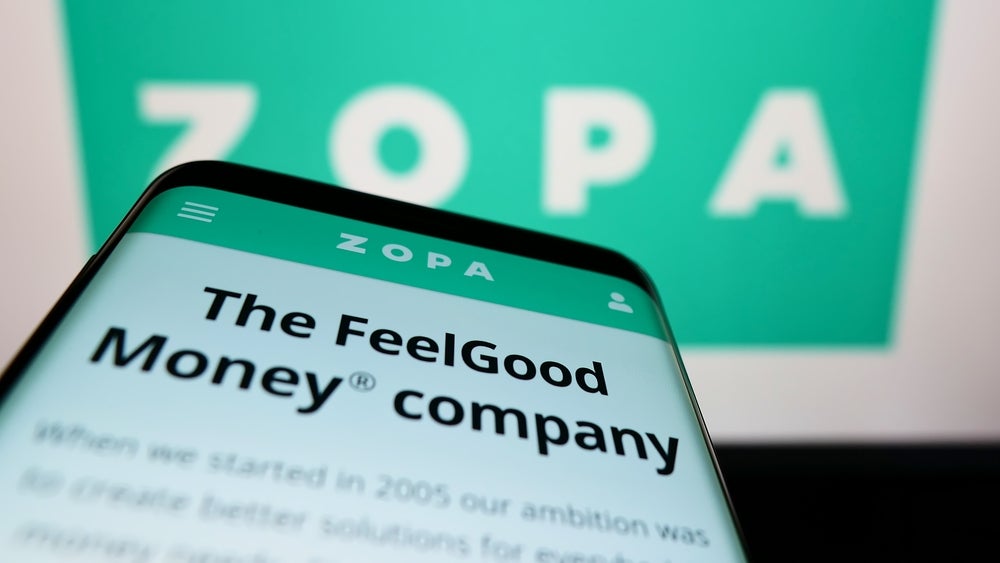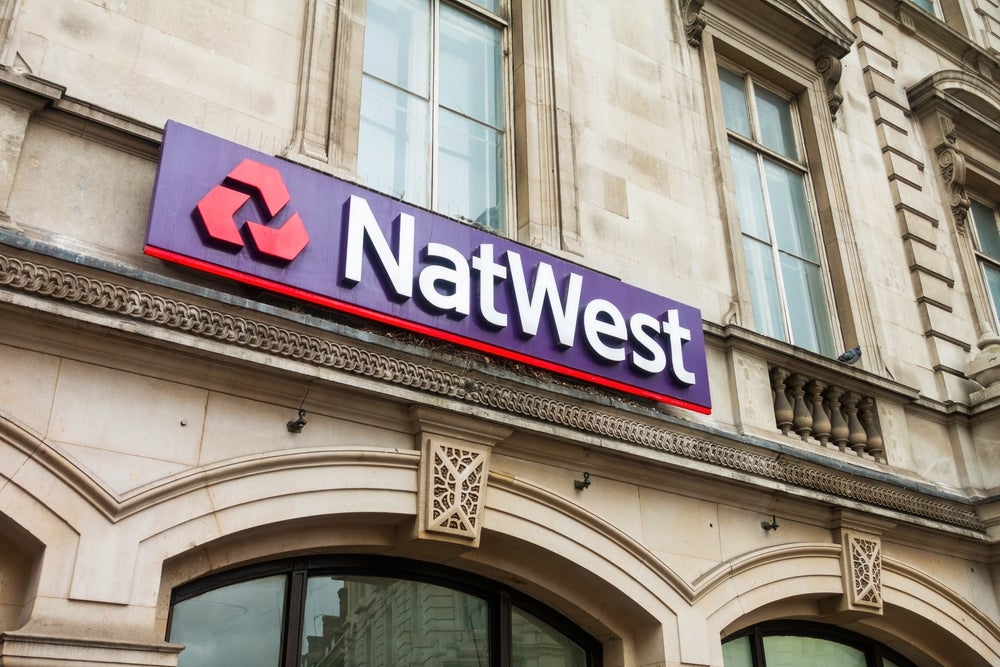While 2009 full-year results for
the major US banks show signs losses on retail lending may be
starting to moderate, the sector faces a challenging 2010 with low
economic growth and high unemployment keeping customers under
pressure. Legislative changes will also hit profitability, reports
Douglas
Blakey.
 This year’s US banking
This year’s US banking
full-year 2009 results are notable for a number of reasons but two
stand out: retail banking units continue to haemorrhage money,
especially in the credit cards sector; and a high level of credit
costs and reduced demand for retail lending due to the economic
environment.
For fiscal 2009, three of the top 10 banks’
retail units reported a loss: Bank of America ($3 billion);
JPMorgan Chase ($2.1 billion) and SunTrust Banks ($722 million),
with only Wells Fargo and US Bank posting retail earnings ahead of
the previous year.
Wells Fargo, now the country’s biggest retail
bank by full-service branches with 600 more units than Bank of
America (BofA), reported record net income of $12.3 billion on
record revenue of $88.7 billion.
Wells Fargo CEO John Stumpf gave arguably the
most upbeat assessment of the previous financial year and the 12
months ahead of all the leading bank chiefs, telling analysts:
“2009 was the best year we ever had in terms of positioning us for
the future growth. I couldn’t feel better about the opportunities
ahead.”
Wells Fargo retail successes included:
How well do you really know your competitors?
Access the most comprehensive Company Profiles on the market, powered by GlobalData. Save hours of research. Gain competitive edge.

Thank you!
Your download email will arrive shortly
Not ready to buy yet? Download a free sample
We are confident about the unique quality of our Company Profiles. However, we want you to make the most beneficial decision for your business, so we offer a free sample that you can download by submitting the below form
By GlobalData• Wachovia integration on track and
on schedule. Expense synergies are on track for $5 billion, $3
billion less than the originally assumed $8 billion;
• Record retail bank household
cross-sell of Wells Fargo products of 5.95 products per household
(Wachovia 4.65 products per household), with 26 percent of retail
bank households holding 8 or more products, the bank’s long-term
target;
• Sales of Wells Fargo Packages (a
current account and at least three other products) up 21 percent
from 2008; purchased by 79 percent of new current account
customers.
Having predicted consumer credit losses would
peak in the first half of 2010, Wells Fargo now forecasts that they
might start falling before then.
But even at Wells Fargo, the news was not all
positive. Losses from bad loans continued to rise, up 6 percent in
the fourth quarter over the previous quarter to $5.4 billion, even
though losses on credit-card loans fell for the second consecutive
quarter.
Non-performing assets also rose, by 17 percent
quarter-on-quarter to $27.6 billion, while Wells Fargo’s
non-performing loans hit 3.12 percent, compared with 2.77 percent
at JPMorgan Chase.
Wells Fargo also continues to cope with
double-digit credit card charge offs, although the rate fell for
the second successive quarter, from a high of 11.59 percent at the
end of June to 10.61 percent at year-end.
Credit card charge-off rates remained in
double figures at BofA, at 10.86 percent, down from a third-quarter
high of 12.13 percent, while JPMorgan Chase said it expects to
charge off 10.5 percent of its credit card portfolio in the first
half of 2010.
With the Card Accountability Responsibility
and Disclosure (CARD) Act coming into force during February,
restricting card issuers’ profitability, 2010 is set to be no less
challenging than the year just ended.
Citigroup CEO Vikram Pandit told analysts: “We
currently expect the CARD Act could reduce revenues by a net
pre-tax amount of approximately $400 million to $600 million in
2010.”
At BofA, CFO Joe Price said: “Overall after
mitigation strategies, we still believe the impact will be some
$800 million after tax related to consumer credit card in the
US.”
BofA’s card right-offs on US-based cards rose
to $6.5 billion in 2009 while across the group, its loan losses
more than doubled to $33.2 billion from $16.2 billion in 2008.
US Bank, one of the few US banks to have
weathered the financial crisis relatively unscathed, posted an
increase in retail profits for the year, up 8.8 percent to $917
million, a period in which it grew its branch network by around 300
units to 3,015 branches.
Highlights included deposits growth, up by 29
percent year-over-year, 15.3 percent excluding acquisitions while
retail lending also increased at US Bank, in contrast to the
majority of its peers.
While US Bank reported record fourth-quarter
revenue of $4.4 billion – up from $3.6 billion a year earlier,
boosted by an increase in fees of one-third to $2 billion from the
year-ago-quarter – CEO Richard Davis said he was cautious about the
year ahead.
“Credit costs remain elevated and continued to
have a significant impact on earnings,” Davis said. “As we look
ahead, we anticipate continued growth in both net charge offs and
non-performing assets,” but Davis added he expected the rate of
growth to trend lower.
Arguably, the biggest challenges remain at
Citigroup: not only did the bank again report a full-year loss it
failed to post a profit in any quarter for the year. Looking ahead
to 2010, CFO John Gerspach forecast “a modest increase in net
credit losses in the first quarter of 2010 in the US, after which
“we may see some slight improvement”.
The news from Citi was not, however, all
negative:
• Credit costs declined across all
regions in the fourth quarter withy notable improvements in Latin
America driven by Mexico cards;
• Successfully shrinking total
assets in Citi’s non-corp Citi Holding unit by $351 billion from
peak levels in early 2008;
• Strong growth in Asia-Pacific,
which Citi said it will build on in 2010. Across the 18 countries
in the region where the bank is active, it earned $14 billion in
revenue or 23 percent of the group total. Retail deposits in the
region grew by 12 percent in fiscal 2009 to $94.6 billion;
• The bank plans to grow its
international retail operations in Asia-Pacific, in particular in
Hong Kong (where branch numbers have grown already this year from
26 to 32), China (28 branches and growing), Japan, India, Malaysia
and Indonesia.
While Citi has repaid $20 billion of TARP
funds, the US Treasury still holds a 27 percent stake in the bank.
CFO Gerspach said Citi was targeting a 1.25 percent to 1.5 percent
return on assets in its core businesses, but was cautious about
setting out a timetable for such a return.
Even JPMorgan Chase CEO Jamie Dimon, widely
regarded as having suffered little more than a glancing blow from
the crisis, said: “We don’t know when the recovery is [but] loans
losses are eventually starting to come down.”
“We took this as an opportunity to design new
products. You did not see us reduce marketing expenses in this
recession; eventually we will have a turnaround in the
business.”
PNC, profitable in every quarter since the
economic downturn began in the middle of 2007, produced what CEO
James Rohr described as an “exceptional 2009 performance” despite a
58 percent fall in retail profits to $136 million.
In 2010, Rohr said compliance with the CARD
ACT would impact on retail profits by around $40 million after
tax.
But the legislative changes effective from 1
July, prohibiting banks from charging consumers fees for paying
overdrafts on ATM and one-time debit card transactions unless a
customer opts-in to the overdraft service, will hit PNC’s 2010
earnings by around $115 million after tax.

|
BALANCE SHEET |
||||||
|
US – top 10 retail banking groups |
||||||
|
Group assets ($bn) |
Retail loans ($bn) |
Retail deposits ($bn) |
||||
|
FY09 |
% change |
FY09 |
% change |
FY09 |
% change |
|
|
Wells Fargo (1) |
1,243 |
-5 |
446 |
-6.3 |
520 |
97.8 |
|
Bank of America |
2,223 |
22.3 |
575 |
-3.6 |
406 |
13.7 |
|
JPMorgan Chase |
2,031 |
-7 |
429 |
-11 |
333 |
-3.3 |
|
Citi (2) |
1,856 |
-4 |
424 |
-12 |
288 |
13 |
|
SunTrust Banks (3) |
175 |
-0.2 |
59 |
-3.3 |
116 |
10.5 |
|
BB&T (3) |
165 |
9 |
46 |
-2.1 |
106 |
27.7 |
|
Regions Financial (3) |
142 |
-2.7 |
35 |
-6.4 |
98 |
8.6 |
|
US Bank |
281 |
5.7 |
62 |
11.6 |
82 |
29 |
|
PNC Financial |
270 |
-7.2 |
73 |
-1.3 |
74 |
23.3 |
|
Fifth Third Bancorp (3) |
113 |
-5 |
34 |
-0.8 |
38 |
10.5 |
|
Total |
8,499 |
1.2 |
2,183 |
-5.9 |
2,034 |
27.8 |
|
(1) Community Banking division; 2008 |
||||||
|
EARNINGS |
||||
|
US – top 10 retail banking groups |
||||
|
Group profits ($m) |
Retail profits ($m) |
|||
|
FY09 |
% change |
FY09 |
% change |
|
|
Wells Fargo |
12,275 |
360.6 |
8,616 |
301.4 |
|
JPMorgan Chase |
11,728 |
109.0 |
-2,128 |
n/m |
|
Bank of America (1) |
6,276 |
56.6 |
-3,049 |
n/m |
|
PNC Financial |
2,403 |
162.9 |
136 |
-58.5 |
|
US Bank |
2,205 |
-25.2 |
917 |
8.8 |
|
BB&T |
877 |
-42.6 |
n/a |
n/a |
|
Fifth Third Bancorp (2) |
737 |
n/m |
345 |
-25.8 |
|
Regions Financial |
-1,031 |
n/m |
n/a |
n/a |
|
SunTrust |
-1,564 |
-296.5 |
-722.3 |
n/m |
|
Citi (3)(4) |
-1,606 |
94.0 |
1,891 |
n/m |
|
Notes: Citizens, TD, Sovereign Bancorp and |
||||







